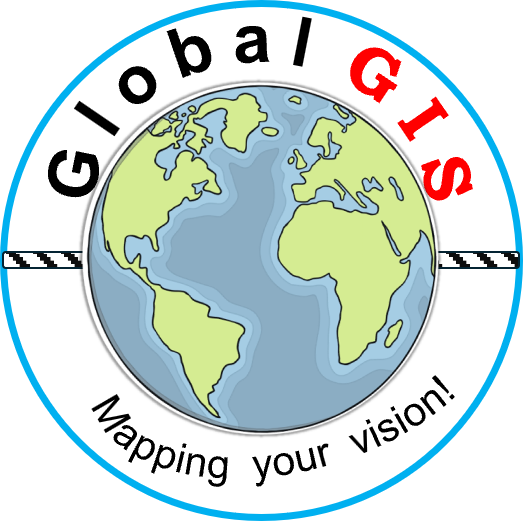The Geographic Information Systems (GIS) is a powerful tool that can offer a wide range of capabilities in both developed and developing economies, especially the fast-growing ones such as African countries. Here’s what GIS can do for you in the Ethiopian context:
Visualize Spatial Data
- Create maps to display geographic data, for example settlement types – urban versus rural – and percentages of the voting-age population, thereby helping policy makers understand spatial patterns, relationships, and trends.
- Overlay multiple layers of data (e.g., roads, population density, land use).
Analyze Spatial Relationships
- Perform spatial analysis to determine relationships between features (e.g., proximity analysis including distance to polling stations, buffer zones including rivers, forests, and rugged terrain that limit accessibility or, conversely, help bolster security perimeters around poling stations ).
- Solve geographic problems such as finding the best location for a new facility including new poling stations and optimize the distribution of existing ones.
Data Management
- Store, manage, and retrieve large amounts of geospatial data efficiently including the number of registered voters by precinct type and Kilil as well as by party affiliation together with percentages who actually voted. Issues encountered on election day can be documented to facilitate best practices and policy implementations in future elections.
- Link attribute data (e.g., the average distance traveled to polling stations, location name, and name of precinct captains) to specific geographic features.
Decision-Making
- Support planning and decision-making by analyzing “what-if” scenarios.
- Optimize resource allocation (e.g., emergency response planning, delivery route optimization).
Real-Time Applications
- Monitor and display real-time data, such as weather conditions, traffic flows, how long the lines are at polling stations, and whether or not there are issues including security concerns.
Locations Planning
- Analyze landscape types, transportation patterns, ease of accessibility, and environmental changes for optimizing polling site locations.
Custom Solutions
- Build applications tailored to specific voting needs of Weredas, Cities, Zones and Kilils, such as disaster management tools, demographic studies, or voter turnout analysis.
Communication and Collaboration
- Share findings through interactive maps and dashboards, making data accessible to stakeholders and teams both on the ground and at the Election Board headquarters in the capital.
In sum, whether you’re working in public service including organizing elections, business, urban planning, environmental conservation, public health, or logistics, GIS can be tailored to your goals.
The applications of GIS in various sectors:
| Sector | Application of GIS |
|---|
| Environmental Management | – Land use and land cover mapping – Habitat conservation – Wildlife tracking – Environmental impact assessments |
| Urban Planning | – City zoning and land use – Infrastructure development (roads, utilities) – Urban sprawl analysis |
| Transportation | – Route optimization – Traffic monitoring and analysis – Public transportation planning – Road network management |
| Agriculture | – Precision farming (crop monitoring, irrigation systems) – Soil analysis – Crop yield prediction |
| Health and Disease Control | – Disease outbreak mapping – Healthcare facility location analysis – Epidemic forecasting – Environmental health monitoring |
| Disaster Management | – Emergency response planning – Hazard mapping (floods, earthquakes, etc.) – Risk assessment and mitigation |
| Telecommunications | – Network planning and management – Site selection for towers – Signal coverage analysis |
| Real Estate | – Property value analysis – Site selection for development – Land availability and zoning analysis |
| Military and Defense | – Strategic planning – Terrain analysis – Mapping of conflict zones and battlefields |
| Tourism and Recreation | – Visitor management – Trail mapping – Site attraction mapping and analysis |
| Climate Change Monitoring | – Tracking climate patterns – Sea level rise analysis – Weather prediction models |
| Energy Sector | – Renewable energy site selection (wind, solar, geothermal) – Grid management – Resource exploration (water, oil, gas) |
| Water Resources assessment & Management | – Groundwater assessment (exploration, site election) – Watershed management – Floodplain mapping – Water quality monitoring |
| Forestry | – Forest cover mapping – Biodiversity monitoring – Carbon sequestration |
| Insurance | – Risk assessment for natural hazards – Property and asset valuation – Claims processing based on location data |
| Geology and mining | – Mineral exploration and target generation – Mine site monitoring |
